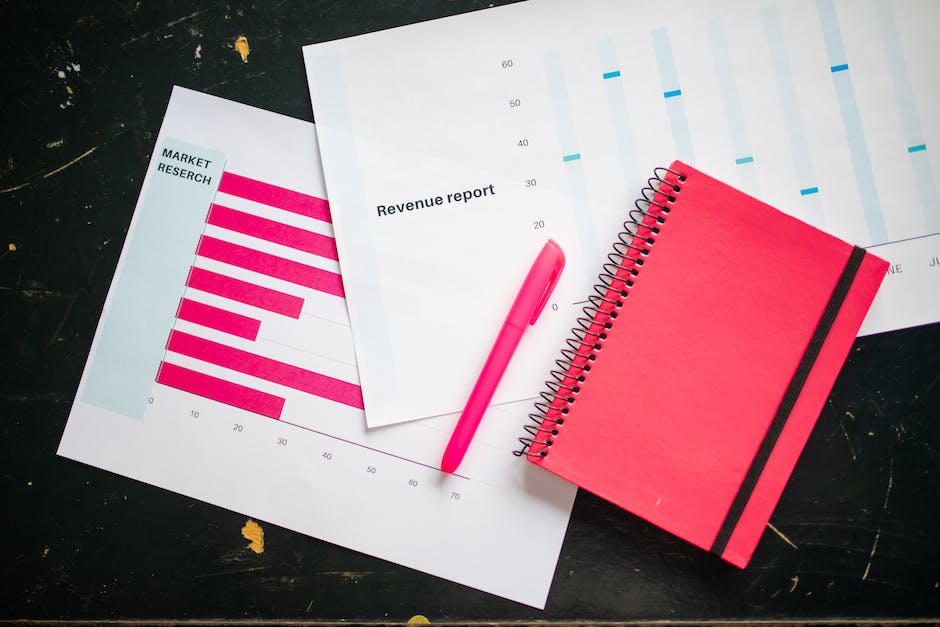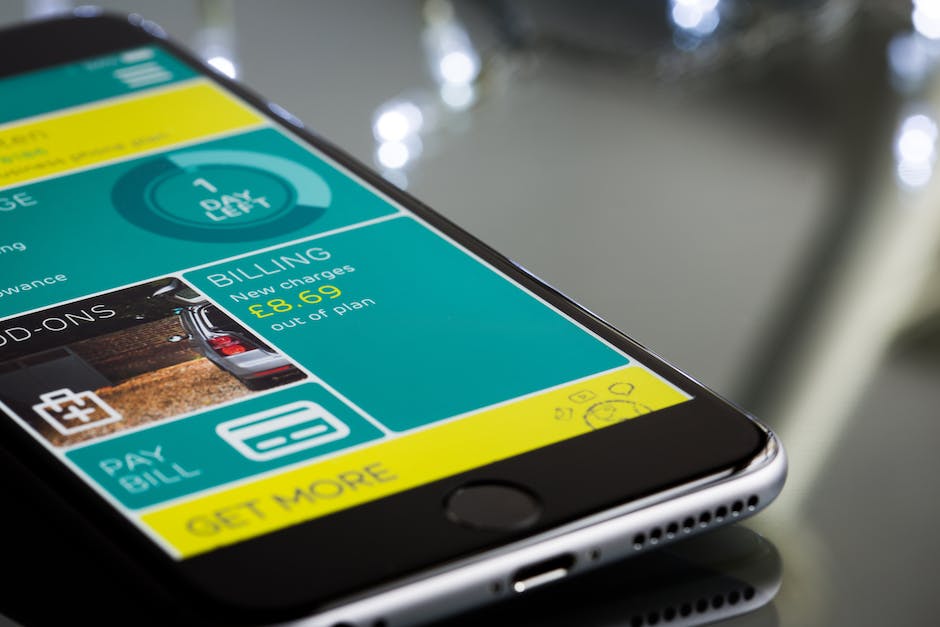What Questions to Ask Before Creating a Website
In today’s digital age, having a website is crucial for freelancers. It serves as a virtual representation of your skills, services, and professional identity. When done right, it can significantly boost your visibility and credibility, attracting prospective clients and opening up opportunities for collaborations. But creating a website isn’t as simple as choosing a catchy domain name and putting together a few pages. It requires careful planning and well-thought-out decisions. The success of your website largely depends on how well you understand your needs, your audience, and your market.

Understanding Your Primary Purpose
Before diving into website creation, it’s important to define your primary purpose. Why are you creating a website in the first place? Is it to showcase your portfolio? Do you want to sell products or services? Or perhaps you want to provide information about your area of expertise? Defining your purpose will guide your decisions regarding design, content, and functionality. It ensures that each element of your website serves a specific goal and contributes to your overall objectives.
Identifying Your Target Audience
Who are you creating this website for? Identifying your target audience is a critical step in the website creation process. It’s not enough to create a website that you find appealing. It needs to resonate with the people you’re trying to reach. Knowing your audience helps shape the design, functionality, and content of your site. It helps you understand their needs, preferences, and behaviors, enabling you to create a website that is not only attractive but also user-friendly and relevant.
Competitor Analysis
Have you ever wondered why some websites stand out more than others in your field? It’s not by chance. A significant part of creating an impactful website is understanding your competition. By analyzing their websites, you can gain valuable insights that can guide your own website creation process.
Conducting a competitor analysis is not about copying what others are doing. Rather, it provides an opportunity to understand what works and what doesn’t in your industry. It can help you identify gaps that you can exploit and avoid pitfalls that others have fallen into.
Identifying your unique selling proposition
So, what makes you different? Why should potential clients choose your services over others? These are critical questions you need to answer when identifying your unique selling proposition (USP). Your USP sets you apart from your competition and gives potential clients a reason to choose you.
Identifying your USP is more than just listing what you do differently. It’s about communicating the unique value you provide in a way that resonates with your audience. This could be anything from your unique skills to your innovative approach to your exceptional customer service.
Analyzing design and functionality
When was the last time you took a close look at your competitor’s website? Analyzing the design and functionality of their websites can give you a head start in your own web development process.
Pay attention to how they structure their content, what colours they use, how they use visuals, and how easy their site is to navigate. These factors can greatly influence the user experience on your own website. By understanding these elements in your competitor’s websites, you can make informed decisions on how to design your website to be user-friendly and visually appealing.
Planning your website’s structure
Before you dive into creating your website, it’s crucial to plan your website’s structure. This includes deciding on the layout of your pages, the navigation, and how your content will be organized.
Why is this so important? A well-structured website not only helps your visitors find what they’re looking for quickly and easily, but it also helps search engines understand your content, which can improve your search engine rankings.
When planning your website’s structure, keep it simple and intuitive. Each page should serve a clear purpose, and your navigation should guide your visitors to the information they’re looking for.
Section 3: Budgeting, Platform Selection, and Website Style
Setting a Realistic Budget
Building a website doesn’t come without costs. But how much should you actually set aside for this project? The answer depends on various factors like the size of your website, its features, and design complexity.
Firstly, the size of your website can greatly influence the budget. A simple portfolio website with a few pages will, of course, cost less than a large e-commerce platform. The number of features you want to include, such as contact forms, booking systems, or e-commerce capabilities, will also affect the cost.
Lastly, the complexity of the design can increase the budget. A unique, custom-made design requires more work and thus increases the cost. On the other hand, using a pre-made template can save you money but might not give you the uniqueness you’re looking for. So, what’s more important to you: uniqueness or cost-efficiency?
Deciding on the Platform
After you’ve set a budget, the next step is choosing the right platform for building your website. There are various platforms available, each with its own pros and cons. Your choice can be influenced by your technical skills, budget, and specific needs.
For instance, platforms like WordPress and Joomla offer a lot of flexibility and customization options, but they require some level of technical knowledge. On the other hand, website builders such as Wix or Squarespace are beginner-friendly with drag-and-drop features, but they might not offer the same level of customization.
So, you need to ask yourself: do you have the technical skills required to manage a more complex platform? Or would you rather have an easy-to-use platform with less customization options? Your answers will guide you in making the right choice.
Defining Your Website’s Style
Defining the style or theme of your website is another essential step in the planning process. The style of your website should match the services you offer and align with your brand’s identity. After all, your website is a representation of your work and should reflect your unique style and personality.
But how does the style impact your visitors’ perception? Well, a coherent and attractive design can make your website look professional and trustworthy. On the other hand, a poorly designed website might repel potential clients or customers.
Moreover, the style of your website can also impact its usability. For instance, a clean, minimalistic design can make it easier for visitors to find the information they’re looking for. So, what style resonates with your brand and target audience?

Choosing the Right Domain Name
Choosing the right domain name is a crucial step in creating your website. It’s more than just an address for your site, it’s a powerful tool for your online branding. When selected thoughtfully, your domain name can reflect your brand identity and can even improve your search engine ranking.
But, how do you choose a domain name that ticks all these boxes? First, it should be easy to remember. Short, simple, and catchy domain names are the best. Second, it should reflect your brand. If possible, choose a domain name that includes your brand name or keywords related to your services. Lastly, your domain name should be SEO-friendly. This means it should include keywords that your target audience is likely to use when searching for your services online. Sound complicated? Don’t worry, with a little creativity and research, you’ll find a domain name that perfectly suits your brand and boosts your SEO.
SEO and Website Optimization
You’ve probably heard the term SEO or Search Engine Optimization, but what exactly does it mean? In simple terms, SEO is a set of strategies used to improve your website’s visibility on search engines. Why is this important? Greater visibility means more traffic to your website, and potentially, more clients for your business.
As a freelancer, there are several basic SEO principles to keep in mind when creating your website. Firstly, your website should have relevant and high-quality content. Search engines reward sites that provide valuable information to their users. Secondly, your website should be mobile-friendly. A large number of internet users access the web through their mobile devices, and search engines favor websites that are optimized for mobile viewing. Lastly, your website should load quickly. Slow websites not only frustrate visitors but also rank lower on search engine results.
SEO might seem complex and technical, but don’t let that deter you. By understanding and applying these basic principles, you can greatly improve your website’s visibility and reach.
Understanding Legal Requirements
Creating a website is not just about design and content. It’s also about complying with certain legal requirements. While these requirements can vary from one location to another, there are a few that are common almost everywhere.
For instance, your website needs a privacy policy. This is a document that explains how you collect, use, and manage your visitors’ personal information. Depending on your location and the nature of your business, you might also need to include terms of use on your website. These are rules that your visitors must agree to follow when using your website.
Understanding these legal requirements may seem daunting, but it’s a critical aspect of website creation. Ignoring them can lead to legal issues and can harm your reputation. So, make sure to do your research or consult a legal professional to ensure you’re in compliance.
Get Organized & Win More Clients
Kosmo has everything you need to run your freelancing business.

















